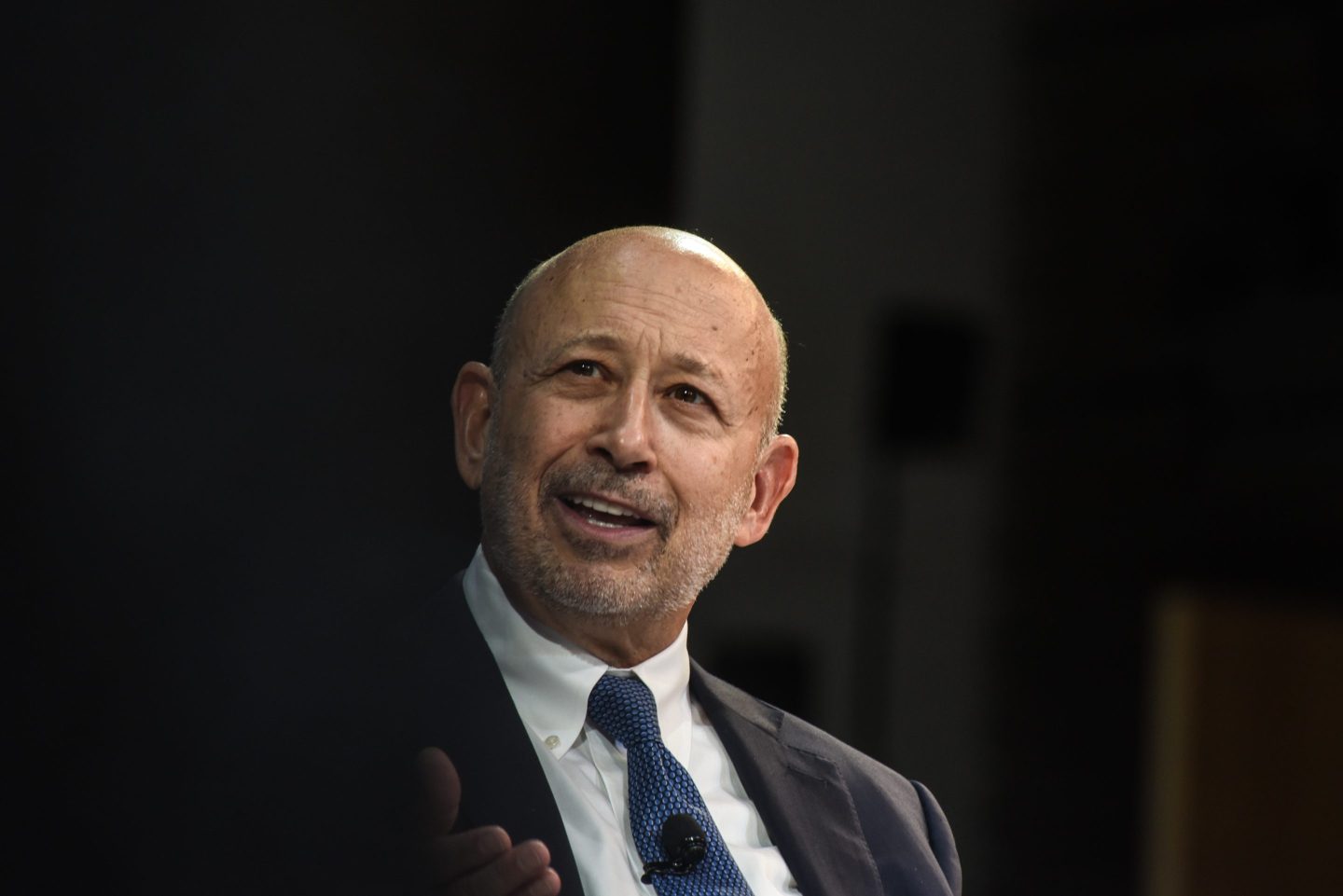by Patricia Sellers
“The biggest startup on the planet.” That’s the way Steve Jobs described Apple (AAPL) last evening here at the D: All Things Digital confab put on by the Wall Street Journal.
Come to think of it, the best big companies tend to be run like startups. Think about Starbucks (SBUX), where the guy who built the business practically from scratch returned as Mr. Fix-It CEO after things went awry. Similar to Jobs, though Howard Schultz wasn’t exiled as Steve was.
A few more examples: At DreamWorks Animation (DWA), co-founder and chief executive Jeffrey Katzenberg (who is here at this California confab) crafted his startup into a Fortune Best Company to Work For. J Crew’s (JCG) CEO, Mickey Drexler first built the Gap (GPS) almost from the ground up; now he runs J Crew, despite its size (or maybe because of it), like an entrepreneurial endeavor. And Netflix (NFLX), whose founder and CEO Reed Hastings I chatted with last night, shuns formal HR rules; instead, he finds inspiring ways to motivate his people to do right for shareholders.
But Jobs is the true master of managing a giant as one would manage a startup. At Apple — No. 1 on Fortune‘s Most Admired Company list and now bigger than Microsoft (MSFT) in stock-market value — there are no “committees,” Jobs noted. Teams have distinct lines of responsibility, he added, and he spends the bulk of his time meeting with them. Once a week, the teams, plus Jobs, convene all together for three hours.
Sounds simple. That’s the point. The best CEOs work diligently to keep management as streamlined as possible. And to create an environment where ideas, rather than rank or tenure, dominate. “You have to be run by ideas, not hierarchy,” Jobs insisted. “Otherwise, good people don’t stay.”
[cnnmoney-video vid=/video/fortune/2010/03/04/f_sl_most_admired.fortune]
When he returned to Apple in 1996, after a decade in exile, the company was “90 days away from bankruptcy,” he admitted, and in worse shape than he’d imagined. He recalled asking employees: “Why are you still here?” Many told him that they believed in “six colors” — the colors of Apple’s original logo. Meaning: They were loyal — at least loyal to what Apple was supposed to be.
Jobs is one of the most hardcore, relentless bosses in the universe. But he sure knows how to inspire. And he knows the key to building a great business and a stellar brand: serving, above all, your ultimate customer. Jobs said that when Apple moved into the music business, the record companies cared more about retailers like Target (TGT) and Tower Records than they did about consumers. And how they paid for that mistake!
Donning his Disney (DIS) hat (Jobs is a mega-shareholder and board member there), he said that the lessons for media companies are threefold: “Know who your customers are…Communicate…Let them watch whenever and wherever they want.”
Never letting go of that raw startup mentality, Jobs added: If enough consumers say yes with their wallet, “we get to come to work tomorrow.”











